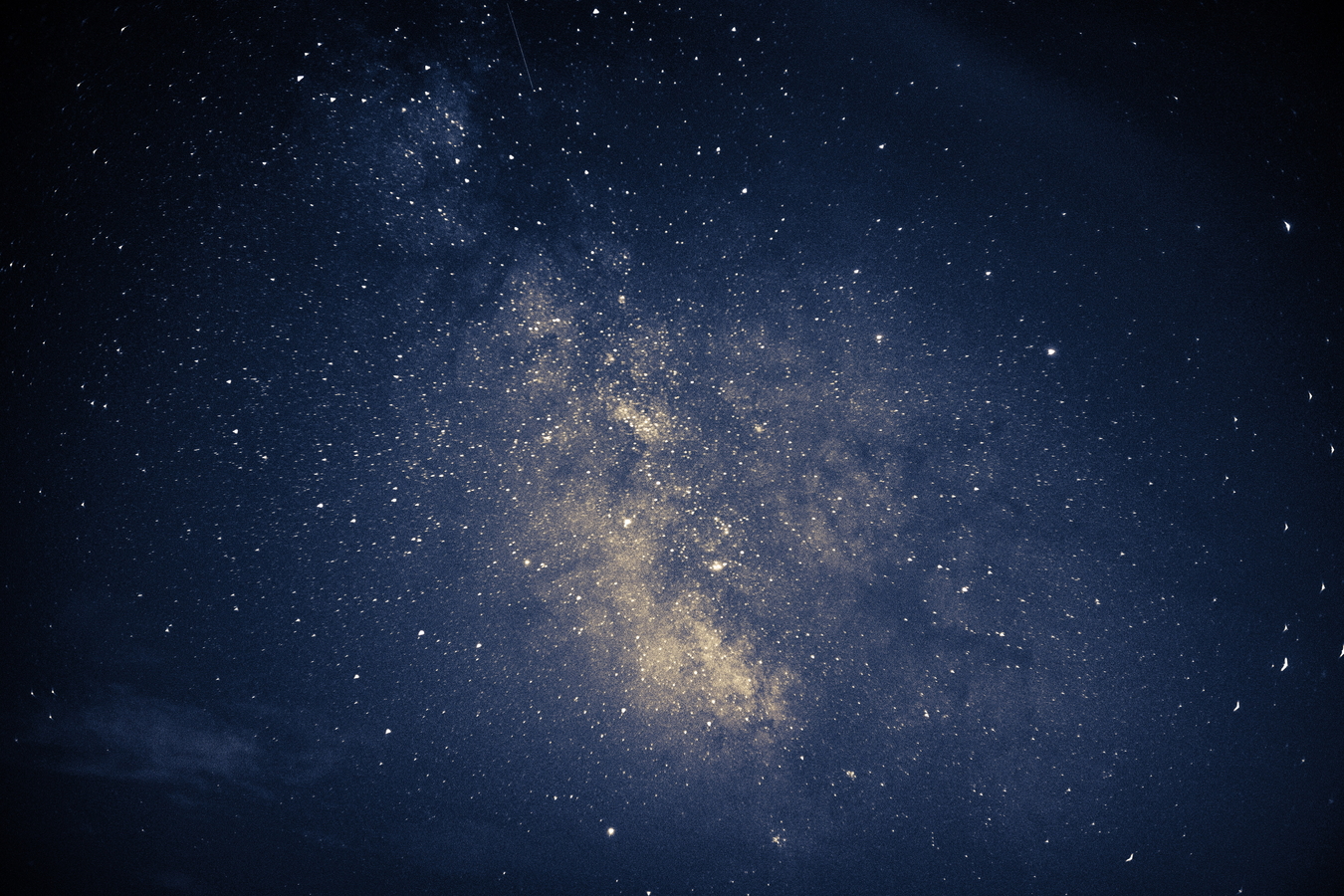Overview
Fast radio bursts (FRBs) are a new class of highly energetic, extragalactic transients. Despite thousands of FRBs detected to date, many fundamental questions remain, including their progenitor(s) and emission mechanism(s). The ability to localize FRBs to sub-arcsecond precision–pinpointing them to their host galaxies–has revolutionized FRB science by unlocking the wealth of information gleaned from host environments such as stellar mass, age, and star formation rate. In this talk, I discuss how the demographics and diversity of FRB environments lends insight to their progenitor(s) and formation channels. For the most precisely localized FRBs, it is possible to go one step further and study the host properties local to the burst site, including degree of star formation and proximity to galaxy substructure, which are most revealing of the populations that give rise to FRBs. I present a novel formalism to test the underlying spatial distribution of FRBs, quantifying the contribution of various progenitor formation channels. With the advent of new FRB experiments and sensitivity upgrades to current facilities, there will soon be a plethora of precisely-localized FRBs in both the local and distant Universe. I conclude with what we will learn in the era of hundreds of FRB hosts on the global and local environment scales.
